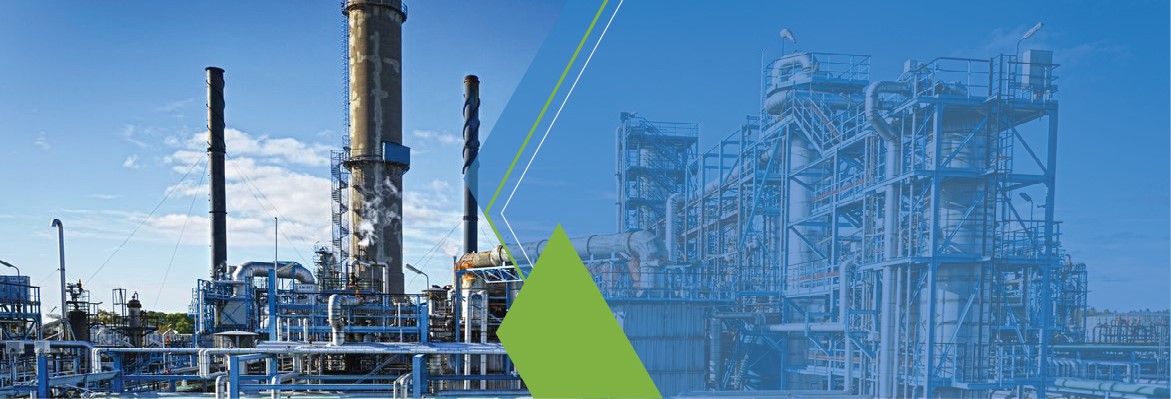Chemical Unit Processes
Chemical unit processes are used with physical operations and may also be used with biological treatment processes. Chemical processes use the addition of chemicals to the wastewater to bring about changes in its parameters/quality. They include pHcontrol, coagulation, chemical precipitation and oxidation.
pH Control
It is necessary toadjust the pH in the treatment process to make the wastewater pHneutral. A neutral pH is required particularly when biological treatment is being used, as the microorganisms used in biological treatment need a pHwithin the range of 6-8 and will be destroyed by highly acidic or alkali wastewater.Various chemicals are used for pH control. For acidic wastes (with low pH),sodium hydroxide, sodium carbonate, calcium carbonate or calciumhydroxide, may be used. For alkali wastes (with high pH), sulphuric acid or hydrochloric acid may be used. Acids can causecorrosion of equipment and care must be taken in choosing which acidto use. Hydrochloric acid is probably better from an environment’s point of view but can corrode stainless steel. Therefore, plastic or appropriately coated pumps and pipes must be used.
Chemical Coagulation and Flocculation
Chemical coagulation is an important unit process in water treatment for the removal of turbidity. Chemical coagulants such as aluminium sulphate (alum) or ferrous sulphate may be added to wastewater to improve the attraction of fine particles so that they attach to form larger particles called flocs. Flocculation is aided by gentle mixing of flocculant chemical which causes the particles to collide.The floc may then float to the top of the liquid (creaming), settle to the bottom of the liquid (sedimentation), or be readily filtered from the liquid.










